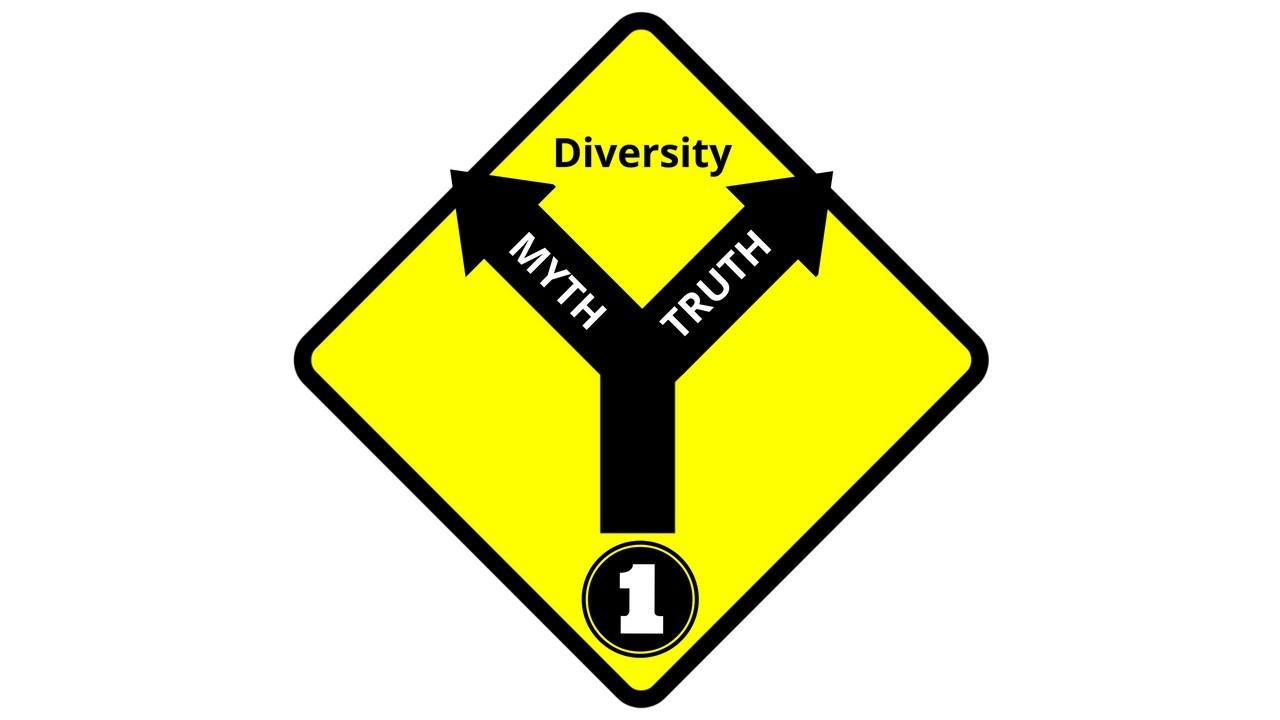 Last week, in the first of this series on sponsorship, I outlined the barriers for multicultural women in securing a sponsor. I explored the difference between a mentor and sponsor and highlighted the reasons that sponsors are better than mentors when it comes to ensuring the upward mobility of historically underrepresented groups, especially in key leadership roles in organizations. I posited that while it is hard for all women to be sponsored, it is easier for white women than women of color because white men are still the majority in positions of power. They may have unconscious biases and hold traditional stereotypes about women of color and be more apt to see white women in the likeness of their mother, sister and significant others.
Last week, in the first of this series on sponsorship, I outlined the barriers for multicultural women in securing a sponsor. I explored the difference between a mentor and sponsor and highlighted the reasons that sponsors are better than mentors when it comes to ensuring the upward mobility of historically underrepresented groups, especially in key leadership roles in organizations. I posited that while it is hard for all women to be sponsored, it is easier for white women than women of color because white men are still the majority in positions of power. They may have unconscious biases and hold traditional stereotypes about women of color and be more apt to see white women in the likeness of their mother, sister and significant others.
This week I will elaborate on two of the barriers that were mentioned in last week’s post:
- Less access to powerful networks; and
- Lack of social capital.
Lack of Access to Powerful Networks: Let’s be real. The world of advancement is still based on “who you know”, “who likes you” and “who will vouch for you”. Let’s continue to be real. The power base is still largely white and male in major corporations and organizations. It is just natural that white men are more apt to have more white men in their networks. They work together and many times socialize together. They live in the same neighborhoods, go to the same barbers, golf together. They have more in common with each other and it easier to get to know one another.
Women, and especially women of color are less likely to be a part of such networks. Potential sponsors have to know you on a deeper level than just your work output. They, probably unconsciously, are more apt to sponsor those who share the same values and interests.
In research just released by Utah State University professors Alison Cook and Christy Glass, who have been exploring the “glass cliff”—the theory that members of underrepresented groups tend to be put into leadership roles during times of crisis and decline, they claim that exclusionary networks contribute a great deal to the problem. “The same group of decision makers who tend to resist putting underrepresented groups in charge in the first place fail to integrate them into their networks once they’re in charge, therefore depriving them of a support system”.
When women of color are allowed into these networks (e.g. country clubs, golf leagues, boards of directors), they are “obvious” exceptions and don’t necessarily fit. So even when access is granted, it does not mean that those in the network will come forth to be your sponsor. You still may be the “outside insider”. I experienced this feeling on a number of boards that I have served on over the years. I clearly felt like a “token” and although I had a seat at the table, I really did not have access to the power base.
 Lack of Social Capital: This is where the lack of social capital comes into play. Social capital is defined as:
Lack of Social Capital: This is where the lack of social capital comes into play. Social capital is defined as:
The building of networks, bonding similar people and bridging between diverse people with expectations of reciprocity.
The key words here are “bridging between diverse people” and “expectations of reciprocity”. As we know it is not easy to bridge between diverse people and often it may appear that the diverse person has nothing to give in return (reciprocity).
What are some strategies for increasing your access to powerful networks and building social capital?
- Increase your self- awareness and be honest about your weaknesses. Are you ready for a sponsor? What kind of reputation do you have? Are you developing trusting relationships? Would you be welcomed into some of the powerful networks?
- Know where to start. Building networks is like climbing a ladder you have to start from the bottom and work your way up. Perhaps you start with an affinity group. Take a leadership role. Make a difference. Get noticed. This will help you to gain access to networks outside your own affinity group.
- Don’t fake it. Do not join groups just because you know that powerful people are going to be there. That is disingenuous and the “powerful” will see through it. I was asked to join a group a number of years ago because they wanted diversity on this “community leadership forum”. I did not join immediately. I really tried to understand what my value would be to the group and what level of reciprocity there would be.
- Think about what you can give to the group not what you will get. The idea of reciprocity is very important and powerful. Potential sponsors will want to sponsor individuals who have “done something” for them, made them look good. Too often when it comes to women of color, leaders are thinking about how they can “help” us. We are seen as the underdogs, those in need of extra support. Potential sponsors are not interested in helping those in need. That is more of the role of a mentor. A sponsor needs to be able to vouch for you, trust you, and believe in you because you have demonstrated extraordinary performance in some way.
- Step out of your comfort zone. We often don’t build networks with those different from ourselves because of unfamiliarity and fear of rejection. The individuals or groups with whom you are trying to build networks are probably just as uneasy in making the connection with you. Somebody has to make the first move. Focus first on your similarities. Find something in common with the others. After you have made the connection and built some trust, you can start to talk about differences. In order to bridge across our diversity, we have to be able to talk about the differences. This is one of the key problems. We have not found authentic ways to dialogue about and adapt to differences that are making a difference in our ability to develop and grow in organizations.



















